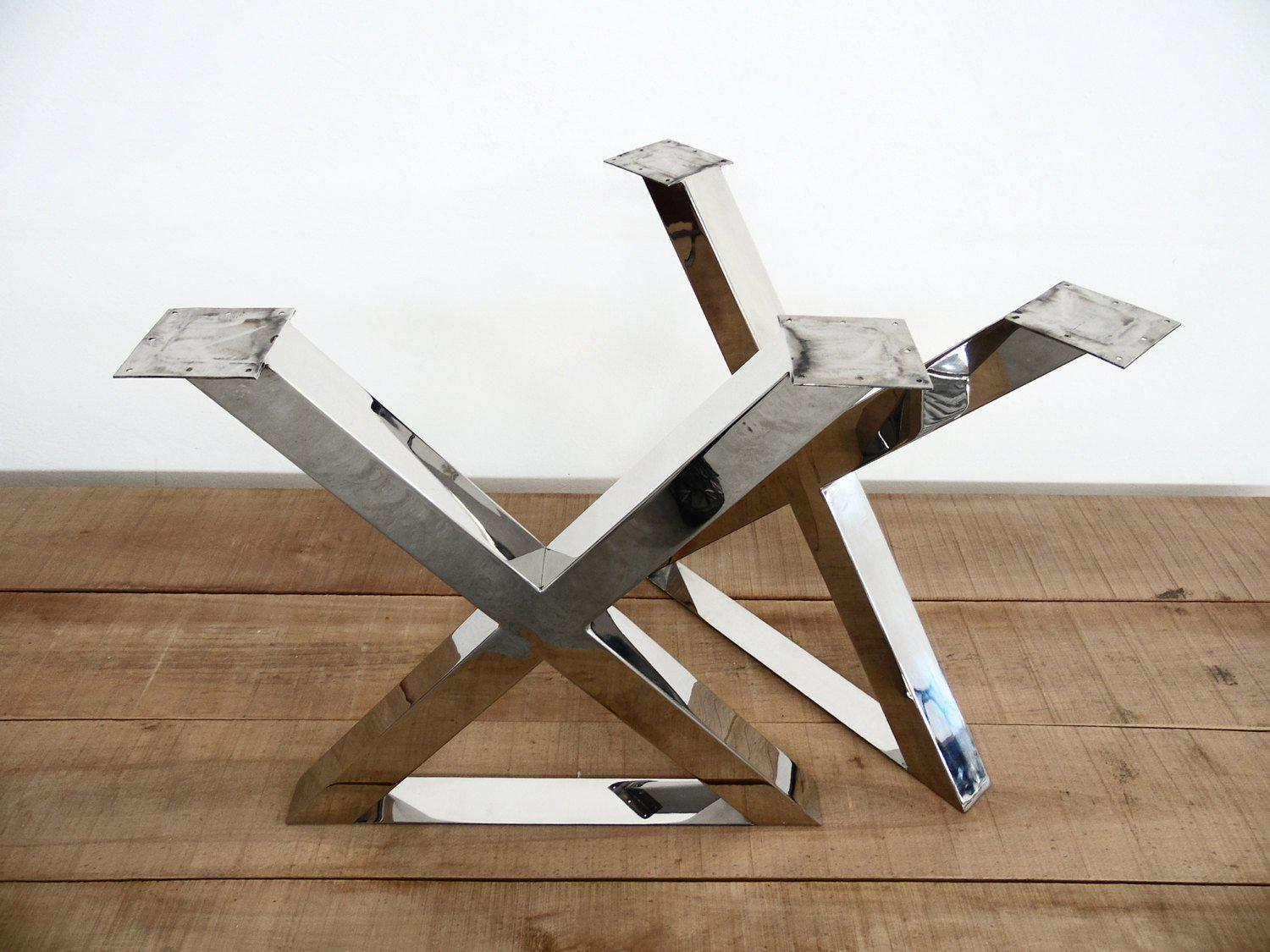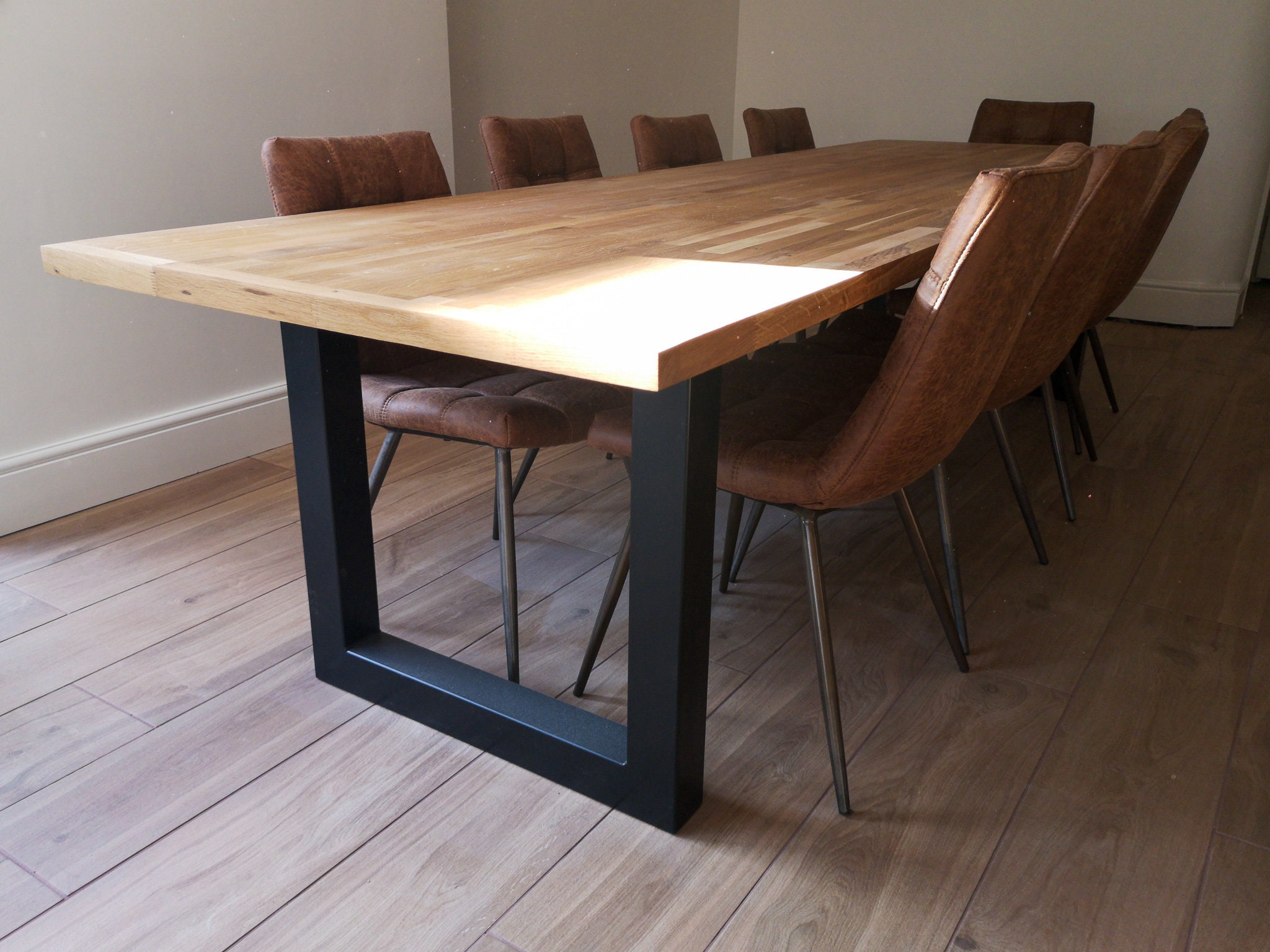Discovering Different Designs for Dining Room Table Legs to Suit Your Aesthetic
Discovering Different Designs for Dining Room Table Legs to Suit Your Aesthetic
Blog Article
Dining Table Legs: How to Select the Ideal Designs for Your Space
Choosing the right eating table legs is vital for both aesthetic and functional consistency in your eating area. Whether your area boasts a sleek, contemporary vibe or leans in the direction of an extra typical setting, the style of the legs can substantially influence the overall appearance. Tapered legs exude modern style, while turned legs use a nod to traditional beauty.
Assessing Your Dining-room Design
Exactly how do you figure out the ideal eating table legs for your room? The response starts with a thorough evaluation of your dining room design. A cohesive layout ensures that your table legs enhance the general visual rather than clash with existing elements.
A dining room with smooth, modern chairs and metal accents may profit from basic, streamlined table legs. Alternatively, a room loaded with vintage items and abundant textiles might call for ornate, sculpted legs.
Illumination also impacts perception. All-natural light can emphasize specific materials and coatings, while synthetic illumination can highlight various elements. Lastly, represent the room's scale and proportions. Large, open eating spaces can suit much heavier, more considerable legs, whereas smaller sized areas call for even more delicate, unobtrusive styles. By carefully evaluating these aspects, you can choose eating table legs that sympathetically mix with your dining-room's style.
Popular Leg Styles Explained

One prevalent style is the conical leg, renowned for its streamlined, contemporary look. Next, the turned leg functions intricate spindle-like designs, often found in conventional and farmhouse settings.
Cabriole legs, with their distinctive curves, are associated with French Provincial and Queen Anne furnishings. Their graceful, streaming lines bring a sense of class and historical beauty (dining room table legs). For those favoring a robust and simple layout, square legs give strong support and a tidy, geometric appearance, perfect for industrial or minimalist areas
Last but not least, barrette legs supply a retro, mid-century modern ambiance. Made from metal, these legs are both lightweight and solid, adding a distinct visual contrast to wood tabletops. Understanding these designs will guide you in choosing table legs that improve your room's visual and functionality.
Product Factors To Consider

Metal legs, typically made from stainless steel, iron, or aluminum, offer a contemporary and commercial look while guaranteeing durable assistance. They are typically a lot more immune to wear and tear, making them a long lasting choice.

Other materials like bamboo or rattan supply environmentally friendly options, bringing an all-natural and loosened up ambiance to the eating location. Each product has its advantages and disadvantages, and the very best option will depend upon your particular needs and preferences.
Balancing Aesthetics and Capability
Attaining the best equilibrium between aesthetic appeals and functionality is essential when picking eating table legs. While the visual appeal of table legs can significantly enhance the general atmosphere of a dining area, their functional facets can not be neglected. The design of the legs need to balance with the room's decor, yet they ought to also provide ample support and stability for the table.
Take into consideration the architectural design of your area. Streamlined, modern-day insides may gain from why not find out more minimal, steel legs that supply a clean and unobtrusive appearance. On the other hand, traditional setups typically complement transformed or sculpted wood legs that include a touch of style and elegance.
Functionality includes the stability and toughness of the legs. Trestle legs, understood for their robustness, can offer strong assistance for larger tables, making them optimal for families or regular performers. Conversely, pedestal legs can offer even more legroom and flexibility, enabling much better seating setups
Furthermore, the height and positioning of the legs are crucial for comfy dining. Legs placed as well much inward may restrain seating, while those too near the side can restrict movement. Thus, thoughtful factor to consider of both visual and practical elements is critical for an optimal eating experience.
Customization and Do It Yourself Options
Customization opens a world of opportunities for creating table legs that are distinctively customized to your preference and needs. Whether you look for a standard, modern-day, or diverse appearance, individualized choices permit you to pick the specific products, finishes, and develops that best enhance your room. Adjustable alternatives range from selecting the sort of timber-- such as oak, maple, or walnut-- site web to picking metal finishes like combed nickel or antique brass. Additionally, certain design elements, such as transformed legs, tapered shapes, or complex carvings, can be integrated to show your style.
For those inclined in the direction of do-it-yourself (DIY) projects, developing custom eating table legs uses both a satisfying experience and the opportunity to accomplish a bespoke aesthetic. Do it yourself enthusiasts can resource resources and use woodworking or metalworking devices to craft legs that meet exact specifications. Furthermore, countless on-line tutorials and workshops offer support, making the procedure a lot more obtainable for beginners.
Inevitably, whether choosing professional modification or starting a DIY venture, the capability to tailor table legs ensures that the final product integrates with your interior decoration vision, boosting both functionality and visual appeal.
Conclusion
Choosing the appropriate eating table legs requires careful factor to consider of the general design of the dining room, consisting of existing building attributes and furniture. Understanding popular leg designs and material alternatives is vital for attaining a harmonious aesthetic. Balancing looks with functionality ensures security and boosts the dining experience. Customization alternatives even more enable a tailored style. Ultimately, the chosen table legs next must match the design, providing both visual charm and practical support.
Report this page